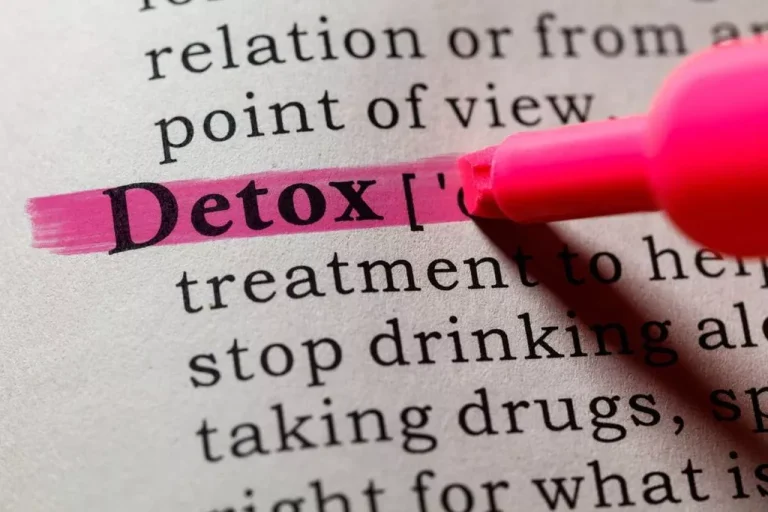
There are no clinical guidelines that recommend one agent over the other for the management of CHS. Each agent may be preferred depending on patient-specific factors and institutional policy. “If you want to talk about a recreational drug, I’ll tell you right now, I spend a lot more of my time taking care of patients who have problems with alcohol and methamphetamines than with cannabis,” he said. Anecdotally, Heard says, the number of CHS patients whose symptoms are serious enough that they end up at a hospital for what is cannabinoid syndrome treatment has leveled off at one or two per day at University of Colorado Hospital. The information in this article and any included images or charts are for educational purposes only.
What is CHS? How nausea, stomach pain led to a diagnosis and link to cannabis
For example, if you smoke weed, eat edibles, use tinctures, or dab or vape THC, tell your doctor about any or all of them. In the first phase of CHS (the prodromal phase), you don’t vomit. This word is a combination of «screaming» and «vomiting.» You’re in so much pain that you’re screaming while you’re vomiting.

The Hyperemetic Phase:
- It’s possible that with lower amounts or lower frequency, patients might be able to use cannabis again, but the science is unclear.
- «We give patients IVs to hydrate them. We do basic testing, just to make sure their kidneys aren’t failing, that their electrolytes are not very disturbed,» he said.
- As you may suspect at this point, chronic cannabis use can lead to the downregulation, desensitization, and internalization of the CB1 and TRPV1 receptors.
- When recovering from cannabinoid hyperemesis syndrome, it’s wise to avoid anything that could potentially exacerbate symptoms or slow recovery.
- Typically, patients can only find relief from intense and persistent nausea by taking hot baths or showers.
Surprisingly, people can be allergic to weed, but it’s not very common. The most effective way to prevent CHS is to avoid chronic use of cannabis. CBD is not thought to interact the same way as THC to cause a CHS episode, and many consumers find symptom relief when using CBD. However, it is best to consult with your doctor first before introducing CBD. This is the first and most crucial step in the recovery process.
- There are no clinical guidelines that recommend one agent over the other for the management of CHS.
- One 2018 study found that 32.9% of self-reported frequent marijuana users who’d gone to the emergency room (ER) had symptoms of CHS.
- There also may be a genetic susceptibility to CHS, and depression and anxiety are common in people with the syndrome.
- As CHS is a relatively recently recognized and studied phenomenon easily confused with other diseases, there is a paucity of sizeable randomized control studies.
- Clinical guidelines for the diagnosis of CHS do not currently exist.
- CHS causes you to have repeated episodes of vomiting, severe nausea, stomach pain, and dehydration.
- Understanding its symptoms and causes can help individuals recognize the problem and seek timely treatment.
Deterrence and Patient Education
- Once the individual abstains from using cannabis, symptoms gradually decrease.
- A diagnosis of CHS is confirmed if symptoms improve after stopping cannabis use.
- “There is evidence that if you send a message to the brain that competes with the message that’s causing the nausea, vomiting, that you can suppress it,” Camilleri said.
- Imaging is up to the discretion of the clinician, depending on various specific factors of history or physical exam, which may be concerning for surgical processes.
- We offer executives in New York City a space to take on addiction, alcoholism, and mental health conditions directly with privacy and without interrupting their professional lives.
Cannabinoid hyperemesis syndrome (CHS) is a (probably) rare syndrome that occurs in frequent and chronic cannabis users. It is characterised by cyclical vomiting and gastrointestinal symptoms. CHS is frequently misdiagnosed resulting in extensive investigations and delayed diagnosis and treatment. Standard anti-emetic treatments are typically not effective, and no standardised treatment protocol exists for CHS. Bathing or showering in hot water is often reported to relieve symptoms.

“People with CHS often report temporary relief of symptoms from bathing in hot water, which may lead to compulsive bathing,” Angulo says. This suggests that the area of the brain that’s involved in regulating body temperature—the hypothalamus—might be involved in CHS, D’Souza says. Recurring episodes of nausea, vomiting, and severe abdominal pain. You might not drug addiction treatment think of these as potential consequences of regularly using cannabis—especially given that it’s known to have anti-nausea effects in people undergoing chemotherapy. Both cannabinoid hyperemesis syndrome (CHS) and cyclic vomiting syndrome (CVS) cause people to feel sick to the stomach and throw up at times, while feeling normal at other times. This is more common in men than women and usually starts around 35 years old.

